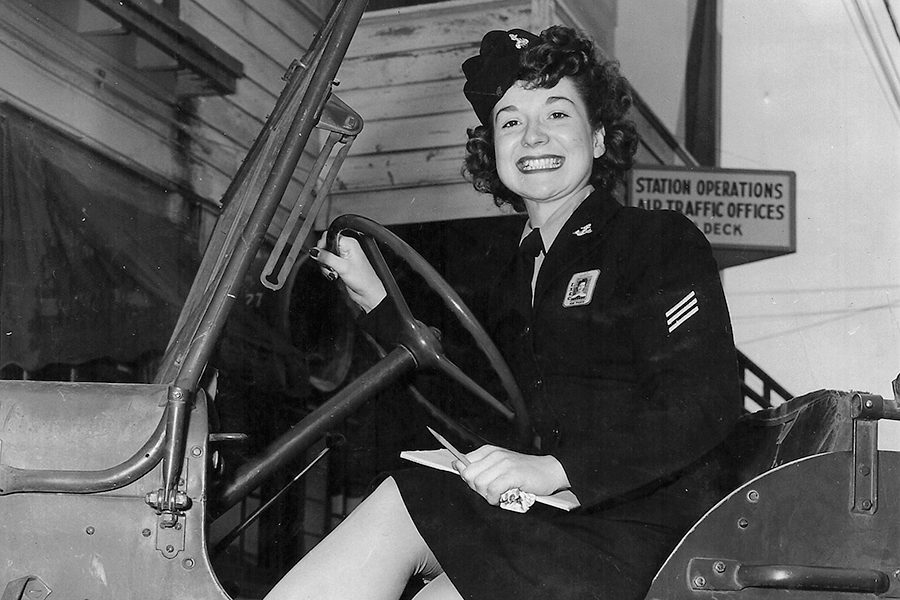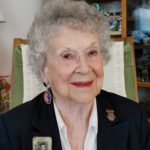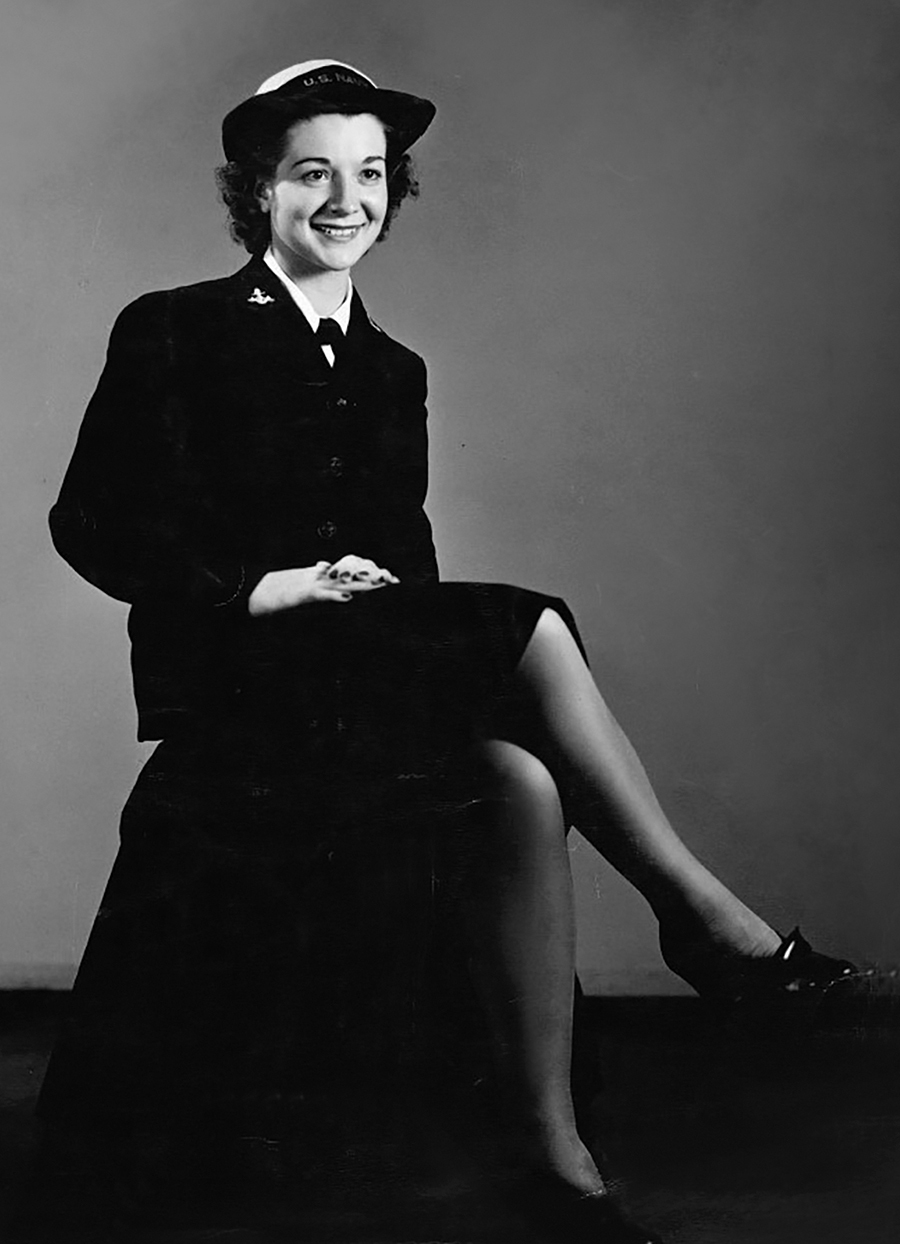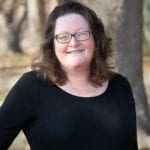
Home » Wartime service in Tri-Cities turns into lifetime commitment
Wartime service in Tri-Cities turns into lifetime commitment

November 11, 2022
A young Altha Skogley covered plenty of ground before World War II steered her into service at Naval Air Station Pasco.

Altha – “Al” to friends and family – was born March 4, 1923, in Montana to a World War I veteran who had served under Brig. Gen. Billy Mitchell in the trenches of Western Europe.
Her father came home, married and had 11 children. Al was fourth, arriving four years after her twin brothers.
Now 99 and just four months shy of her 100th birthday, Al – whose married names were Simmelink and Perry – is among a dwindling number of World War II veterans and is an important advisor to Malin Bergstrom, president of Bergstrom Aviation and founder of the Pasco Aviation Museum.
The museum is dedicated to preserving the memory of the Naval Air Station on the old airfield, better known today as the Tri-Cities Airport, where Al spent part of the war in uniform.
“She’s one of a kind,” Bergstrom said.
Al was 6 when her family moved to Mott, North Dakota, which she remembers as “the spot God forgot.” But it was home.
As a young adult, she moved to Chicago, but returned to Mott when her mother was injured in a car accident and needed care. She took a job in the local courthouse and grew bored. Young men were scarce, and life was slow.
She told her parents she intended to join the Navy’s Women Accepted for Volunteer Emergency Service (WAVES) program and they gave their blessing.
Her journey to Pasco began when she enlisted in Bismarck and was shipped to New York City for WAVES training at the U.S. Naval Training Center on the campus of Hunter College in the Bronx.
At the conclusion of training, she refused an offer to be a secretary.
“I just didn’t want to do that,” she said.
She was instructed to stand aside and before long, she and 30 other women were given their destination: Naval Air Station Pasco, a busy flight training school for Navy pilots.
At its peak, Naval Air Station Pasco was the third-busiest training base in the country. Only Pensacola, Florida, and Corpus Christie, Texas, were busier. It trained 1,800 pilots and spawned a small city of thousands, including all the services they needed.
“We had never heard of it,” Al said, laughing at the memory of the small dot on a map.
Al and her fellow WAVES boarded a westbound train, memorable for the tomato soup they ate while waiting in Chicago for the train that would take them to Pasco. She arrived in June 1944 and was assigned to work as a journalist for the base newspaper.
Armed with a tidy black bag and a winning smile, she told the stories of members of the service, VIPs and the odd movie star making the circuit of military installations. Her work took her to Naval facilities across the region, including Tillamook and Klamath Falls.
“We had so much fun,” she said.
There were treks across the Columbia River to Camp Hanford to sell war bonds and interact with workers on the top-secret Manhattan project.
No one knew the details, but everyone had their suspicions.
“We all knew something was going on,” she recalled. “When we finally heard they were making a bomb over there and we were working with all these guys, it was unreal.”
She spent the war in Pasco after resisting a transfer to Hawaii. Three of her brothers were serving overseas. It would not be fair to deploy four siblings, she argued.

At Pasco, she lived in the WAVES barracks overlooking the runway and remembered the interminable dust blowing across the site.
The women weren’t supposed to fraternize with men, but they did anyway.
There were dances, dining halls and a swimming pool, among the many recreation offerings that brought WAVES into contact with sailors and officers. The Navy issued cigarettes and whiskey. Al didn’t partake of either, so she’d supply her share to whomever she was seeing.
The wartime service at a far-flung Navy base turned into a lifetime commitment to the Tri-Cities when she met Neil Simmelink, a Kennewick native who passed through Pasco en route to serving overseas.
They were engaged by the end of the war. Al was discharged and returned to Mott. Neil made his way home and found her there.
The couple married and settled on a small farm in the Horse Heaven Hills outside of Kennewick. The nearest neighbor was a mile away. Al opened an antiques store in 1962 on Vista Way and closed it about 20 years later.
The couple raised four sons and a daughter, Jenny, who died as a teen. The family grew with the arrival of some of her Skogley siblings, who joined her in the Mid-Columbia.
She estimates she has about 50 children, grandchildren and others scattered across the area.
Two great-grandchildren teach in local schools, and she boasts at least two great-great granddaughters.
“They’re just all over the place,” she said.
Neil Simmelink died in 1985 and she married John Perry.
Today, she lives alone in the Canyon Lakes home she shared with Perry, though she is seldom alone thanks to a constant parade of family visitors.
A son and grandson live in her Horse Heaven Hills home, but she doesn’t visit, saying she can’t bear to see the residential development creeping up the hill.
For Al, the secret to a long and healthy life is no secret: Strong faith and a good attitude are the key.
“Just be nice to everybody,” she said.
Local News
KEYWORDS november 2022




